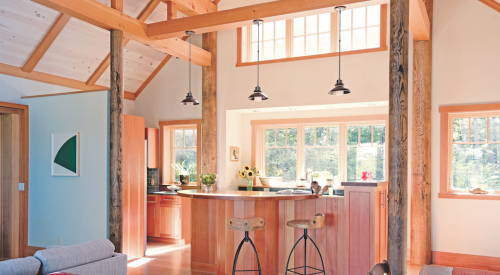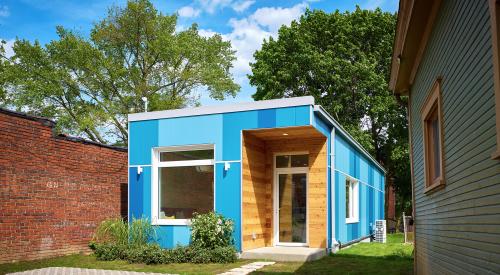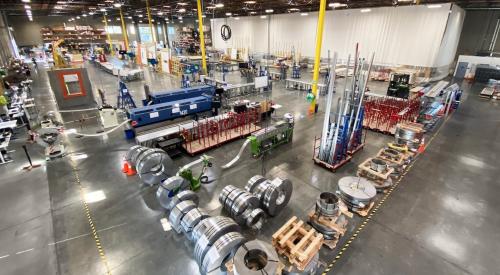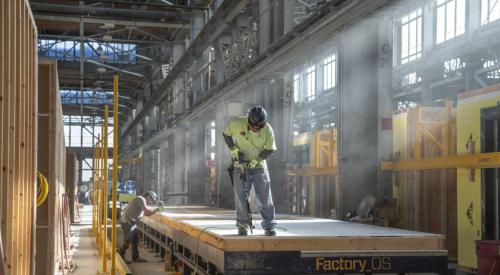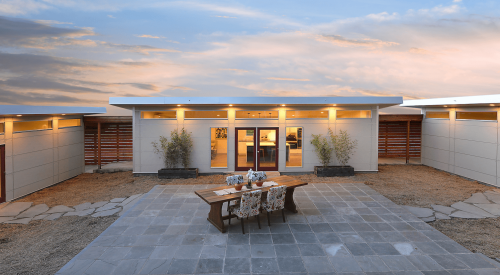As developers and builders seek to crack the code of bringing modular into the mainstream, questions of customization and design have emerged as central challenges.
Allison Arieff, author of the 2002 book Prefab about modular building, former editor at Dwell, and current editorial director of the San Francisco Bay Area Planning and Urban Research Association (SPUR) explains, "To provide tenants with options, you’re slowly removing the assembly-line stuff that makes it possible," adding that prefab housing has to work at scale to succeed as a design. In its summer issue, the Urban Land Institute spotlights micro-housing builder Kasita's success, and the experiment founder Jeff Wilson undertook to get there.
For many developers, the efficiencies and cost savings of prefab housing tend to disappear on site during the construction phase. Units might not fit together precisely, the interiors still need work, and complicated work-arounds may be necessary to solve mechanical, engineering, and plumbing issues. Permitting can be a challenge, with each jurisdiction requiring specific nuances. Labor unions often see modular construction as a threat, creating another obstacle for builders.

